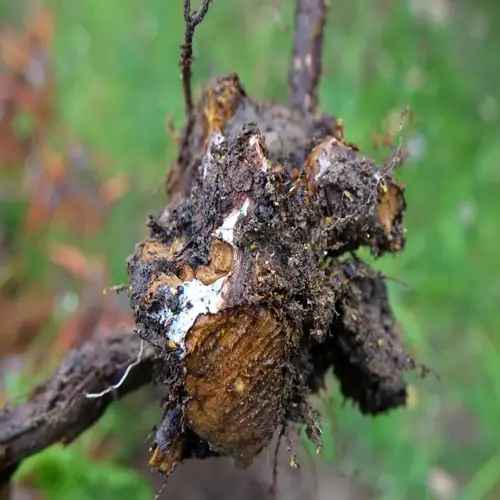How long until amended clay becomes productive?

Written by
Tina Carter
Reviewed by
Prof. Samuel Fitzgerald, Ph.D.In creating amendments for clay soil, one should have realistic expectations regarding improvement timelines. Changes are quickly seen at the surface of the soil, but deeper soil restructuring can take months or years of repeated background work. The transition from compacted clay soil to fertile soil will evolve through certain identifiable stages, each of which has particular strategies that will foster improvement. Recognizing this timeline will prevent discouragement.
Season 1: Initial Improvement
- Focus: Reduce surface compaction
- Changes: Better drainage, earthworm activity
- Actions: Apply 3-4 inches compost, plant cover crops
- Progress: 25% structure improvement
Season 2: Structural Shifts
- Focus: Deep root penetration
- Changes: Crumb formation, reduced cracking
- Actions: Mulch replenishment, broadfork aeration
- Progress: 50% porosity increase
Season 3: Maturity Phase
- Focus: Sustainable fertility
- Changes: Stable aggregates, nutrient cycling
- Actions: Reduce amendments, focus on maintenance
- Progress: 80-90% complete transformation
Speed up progress using layered techniques. Pair compost application with deep-rooted cover crops such as tillage radish. They will bio-drill and create channels for natural drainage. Then, follow the cover crop with aeration using a broadfork to preserve those drainage paths without disturbing the soil's biology.
Keep track of progress using some easy field tests. The ribbon test will show what happens to the texture when the soil is less sticky. Percolation tests show whether it drains quickly. You will also want to keep track of annual professional soil tests to monitor pH and nutrient levels, allowing you to develop an effective amendment plan.
Prevent setbacks through consistent care. Please do not walk on wet amended beds; this will only recompact them. Change the mulch layer every spring to defend soil structure. Rotate cover crops seasonally in response to changing soil conditions throughout the season.
Appreciate the small victories along the way. You may see earthworms returning as the biology of your soils recovers. You may notice root systems that are deeper at harvest. Every improvement is a sign your clay soil is becoming sustainably productive.
Read the full article: Soil Amendments for Clay: Transform Your Garden

